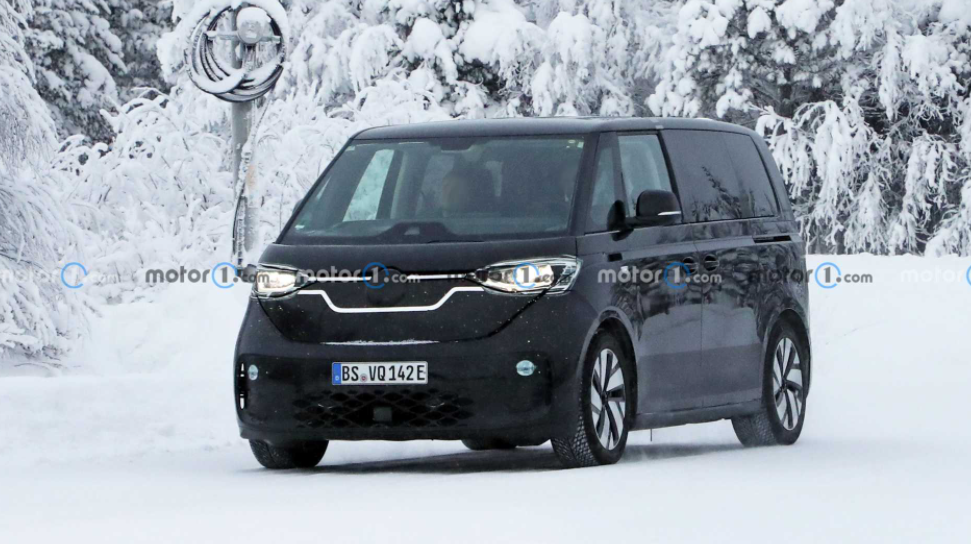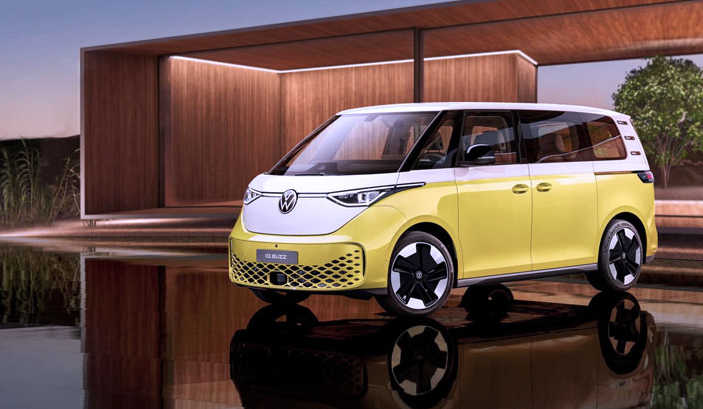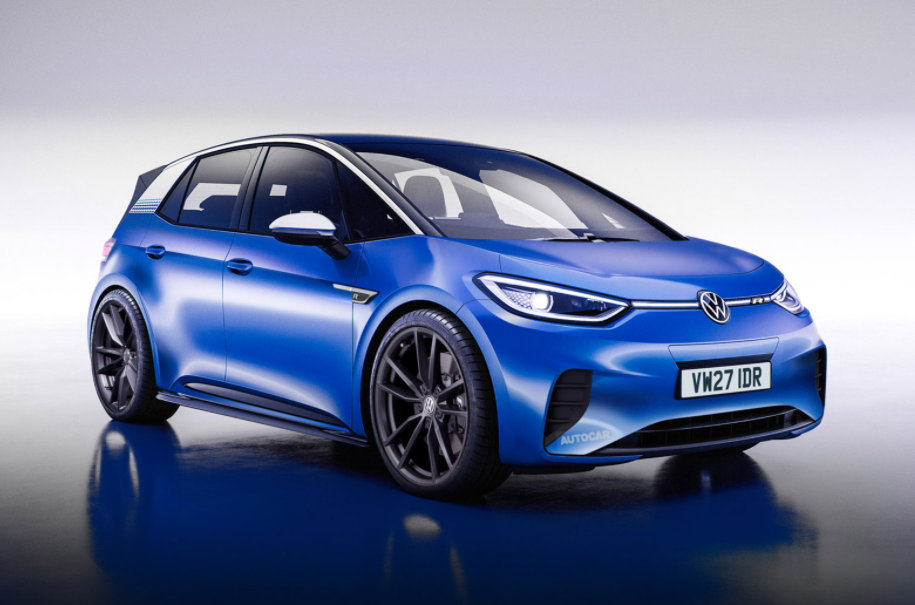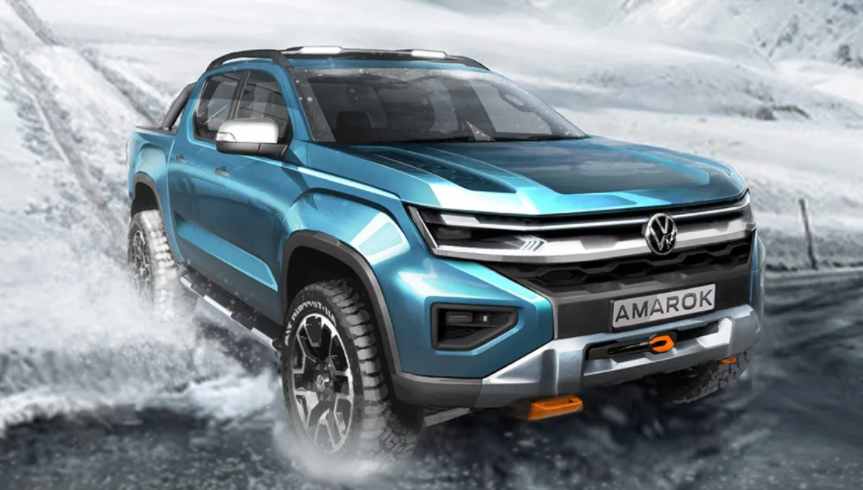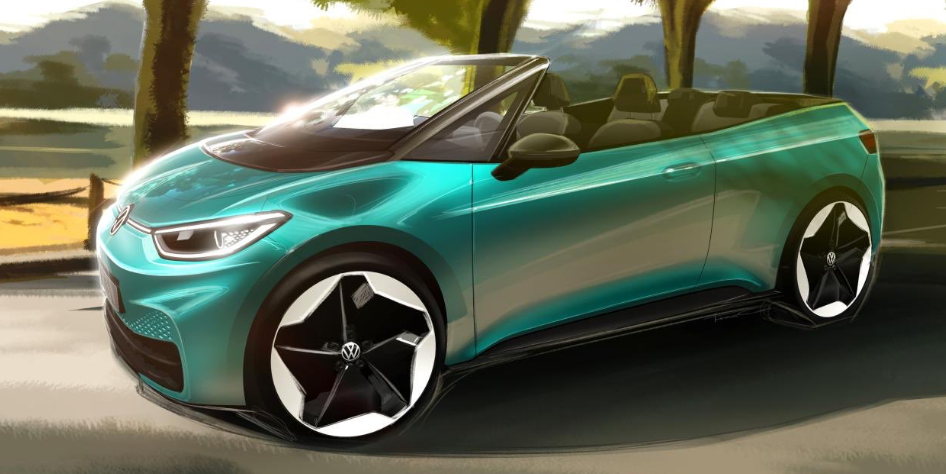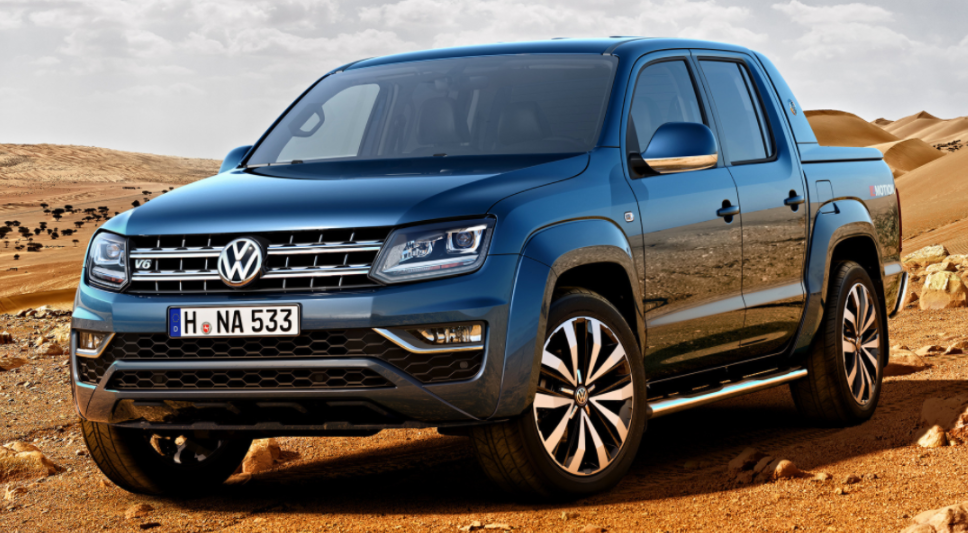2023 VW ID.2 X – At the 2021 Munich Motor Show, Volkswagen displayed a small SUV concept – the VW ID. Life. You can see enough evidence to support the idea for the VW ID.2X in 2026.
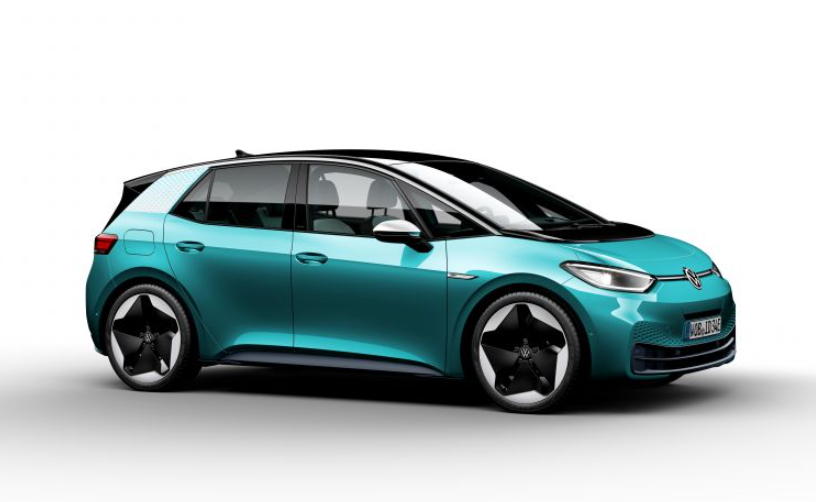
2023 VW ID.2 X
2023 VW ID.2 X Review
Exterior
The VW ID measures approximately 4,091mm long, 1,845mm wide, and 1,599mm tall. The VW ID measures approximately the same as the VW T-Cross. The wheelbase and ground clearance of the concept electric SUV are 2,650 mm and 190 mm respectively. The concept electric SUV can hold 410 litres of cargo. This capacity can be increased more than threefold to 1,285 L by folding the rear seats down. This is an incredible amount of space for such a small car. The VW ID. The VW ID. The VW ID. It might remind you of the Honda E’s shape, but it is completely unique. Volkswagen’s Head of Design is Jozef Kaban. He is the creator of this charismatic concept car.
Volkswagen chose to use a transparent surface on the front, where other cars had radiator grilles or headlamps. Three circles of satin-finished glass have been used to mark the vehicle’s existence in daylight. They are lit by a straight line. The truncated outer circles at top, bottom, and top give the front a moderately aggressive appearance. Matrix LED lights are available behind the translucent surface for those dark days. The bonnet is made of a 2-layer, double-chamber textile. It is attached to the body with zip fasteners. The bonnet’s front has a separate lid that opens into a section for the storage of the vehicle’s charging cable. This is where you will find the charging port for the vehicle, which Volkswagen integrates seamlessly with the cable storage.
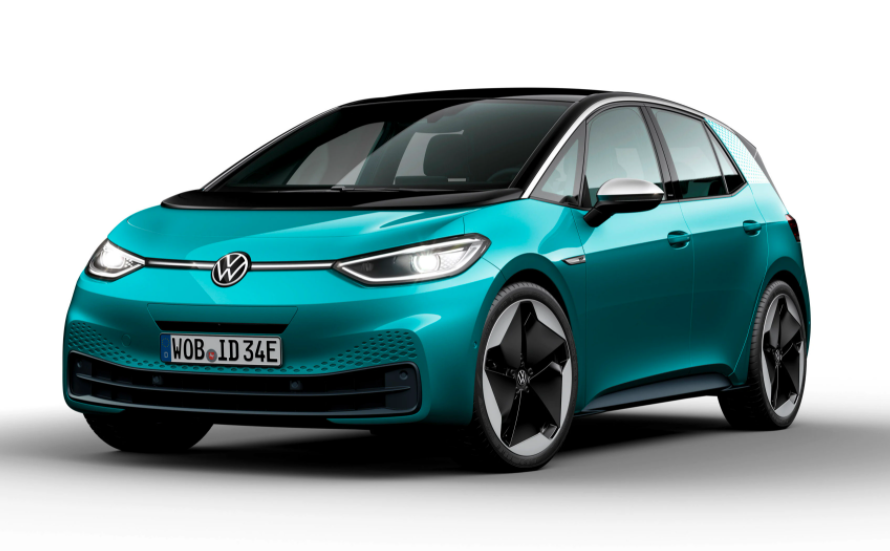
2023 VW ID.2 X Review
On the side is the VW ID. The VW ID is displayed on the side. Continental Eco Contact 235/45 R20 tires are transparently and sustainably made from natural rubber, vegetable oils and vegetable resins. They have a 37% recycled or renewable content. The handles have a character line running across them to give dimension to otherwise uninteresting sides. This is accomplished by the trapezoidal shape at sill. The rear light graphics are the same as those on the front. Just like the sills and front apron, the contours of the rear apron are trapezoidal.
The production model has realistic parts, such as traditional headlights, pull-type handles for doors, regular side reflections, and an all-metal frame. The production model features a larger front bumper, more air intake and black body cladding. The entire nose section is covered in the ID.3 logo, as well as rectangular LED headlamps. The rectangular LED tail lamps have an X-shaped design and the ID.4 logo is found on them. Volkswagen applied at the German Patent and Trademark Office for a design trademark before revealing the VW ID.Life idea. These images are available on the German Patent and Trademark Office site. These grayscale images provide a clear view into the design and shape of the small SUV concept.
Interior
The interior of the VWID. Life oozes minimalist vibes. Volkswagen simplified the parts list in order to make it more futuristic. There are no traditional controls, buttons or switches. The hexagonal, open-topped steering wheel has a touch-operated section. This allows for the selection of gears as well as other functions such as turn signals, horns and wipers. It is made from plain wood with a touch surface for basic climate control and light adjustments. There is no cluster of instruments. It is a head-up display. The upper part of the dashboard has a 9-inch display.
Volkswagen uses eco-friendly materials in its interior. ArtVelours Eco is used to trimming the doors and cover the seats. It is 71% recycled PET bottles and shredded T-shirts. Another example is shredded tires. They are the main ingredient of the rubber paint finish at the entrance. The roof is constructed from a two-layer, cotton-chamber textile. It is attached to the body with zip fasteners. The roof can be removed and you can enjoy the open air like a Targa Targa model. The roof reduces weight.
You can configure the interior to suit different purposes such as transporting large items up to 2.25m in length, relaxing, or sleeping. To allow the occupants to stretch their legs and sit at the back, the front bench can be folded down. To create a sleeping space that measures more than 2m in length, the rear bench can be folded down. “Bring your device” was Yasmin pallenschat’s (Software Engineer, CARIAD), motto during the VW ID. The presentation was on Life. The dashboard can be magnetically attached to the customer’s tablet or smartphone. You can adjust the temperature and ventilation, as well as other infotainment functions such as parking and navigation. The VW ID is Life’s multimedia system. The system includes both a gaming console and a video projector for entertainment on the go. You can use the video projector by pressing a button that displays a screen measuring around 34 inches from your dashboard. This covers the windscreen.
Specifications and Platform
The VW ID. The “MEB eco platform” is where all life is. It is a lower version of the MEB. Cupra calls it the “MEB short”. The front wheels are powered by an electric motor, which is unlike standard MEB platform EVs. The concept version includes a permanent magnet synchronous motor with 172 kW (234 PS/231HP) and 290 Nm (1214 lb.ft.). Of torque. The motor is powered by an e-57-kWh battery pack. These battery cells are not powered by the common lithium nickel manganese and copper (LiNcM), but instead use a cost-effective, sustainable lithium iron phosphate (LFP) chemistry. LFP chemistry may not offer the best range, but the cost and durability advantages outweigh any drawbacks for entry-level EVs.
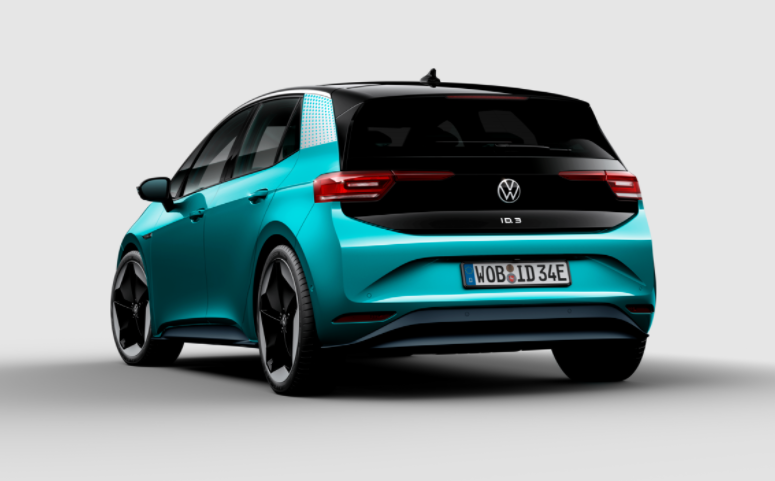
2023 VW ID.2 X Redesign
2023 VW ID.2 X Performance
The WLTP range of the ID. Life is estimated to be 400 km (249 miles) by Volkswagen. The ID.Life concept is capable of sprinting at speeds between 0 and 100 km/h (0-62mph) and its maximum speed is 180 km/h (112mph).
